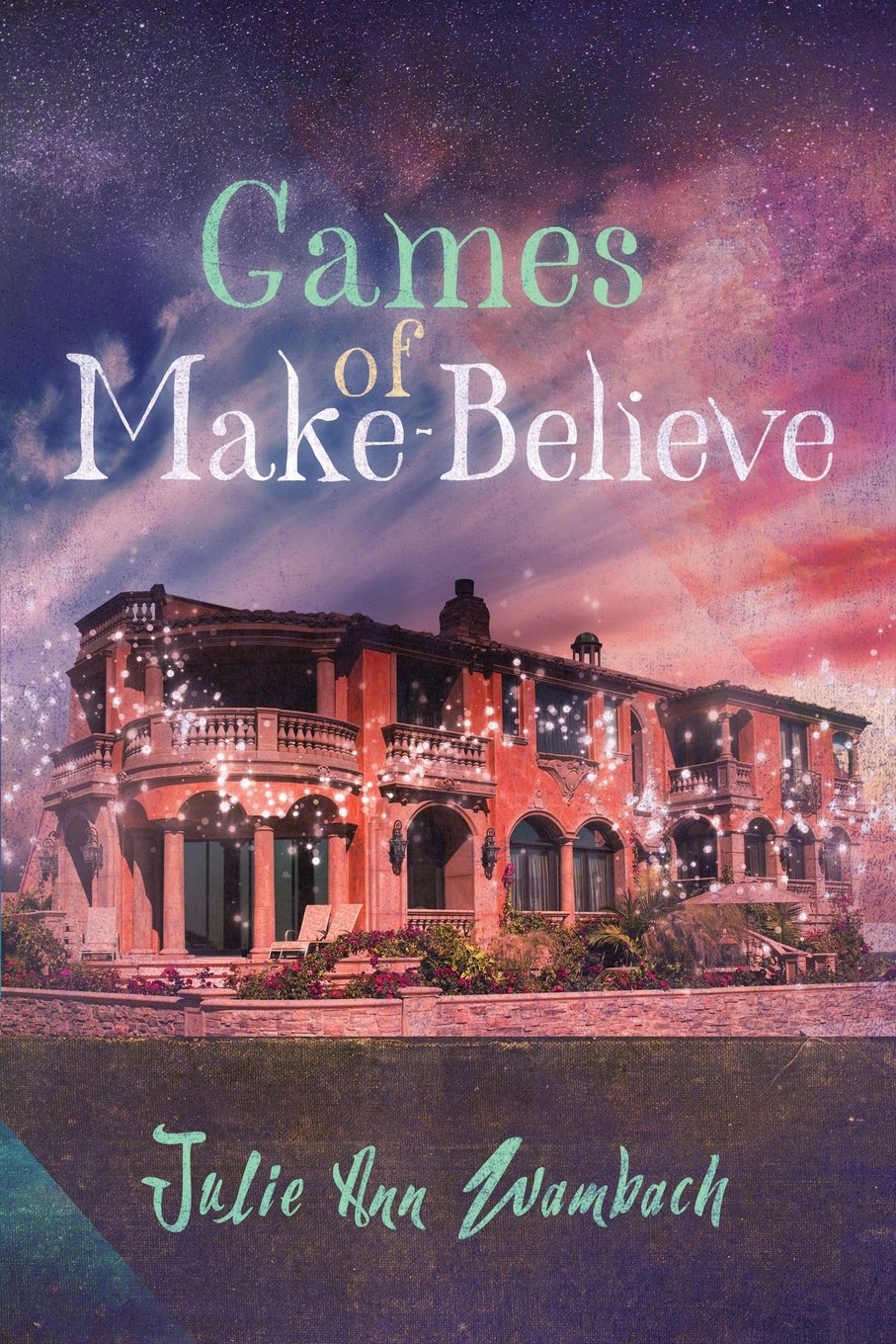What if styles make more difference than style?
 Today I'm delighted to welcome Julie Ann Wambach, author of Games of Make-Believe, to my blog. I read and reviewed Games of Make-Believe a little while ago (click on the link for my review), and I was intrigued by the different styles and voices used in the novel. Getting the chance to ask the author why she wrote it that way is a real treat. So, pull up a chair, pour yourself a coffee, and see what she has to say. If you leave your own questions in the comments I'm sure she will answer them.
Today I'm delighted to welcome Julie Ann Wambach, author of Games of Make-Believe, to my blog. I read and reviewed Games of Make-Believe a little while ago (click on the link for my review), and I was intrigued by the different styles and voices used in the novel. Getting the chance to ask the author why she wrote it that way is a real treat. So, pull up a chair, pour yourself a coffee, and see what she has to say. If you leave your own questions in the comments I'm sure she will answer them.
So, Julie, thank you for joining me here, and please can you tell us:
When writing Games of Make-Believe, why did you
decide to write in multiple styles?
To use multiple styles, as I did in Games of Make-Believe, is not new, but readers seldom encounter
such a technique. Some readers, as Sheila has, recognize and question the use
of multiple styles, while other readers either don’t notice it or instinctively
reject it. I agree with those who criticize multiple styles that the technique challenges
strong character development and tidy endings. I knew Games of Make-Believe would encounter such responses when I decided
to use several styles. Here’s why I did it, anyway.
For me, the decision was focused on Games of Make-Believe being the story of a dysfunctional family
with several characters agreeing to pretend they are the perfect family, until
it becomes impossible to continue. I wanted subtle family dynamics, rather than
the easier overt violence usually imbedded in family stories, and the fairytale
feature was there from the start. To describe the family, I needed to show in
what specific time with what specific pressures were family members impacted.
These basics meant don’t use a single point of view because
a family is not one person. It meant don’t use a third person narrator with
multiple points of view throughout. The voice of an omniscient therapist gave
me the willies. It meant no series of first person chapters because the real outside
elements would be distorted.
So, I decided on snapshots. You might see my design
differently if you consider Games of
Make-Believe a series of short stories with recurring characters told in
several styles. Think of A Visit from the Goon Squad by Jennifer Eagan.
This decision opened
the possibility of varied points of view, as well as several persons, voices,
and tenses. I didn’t make separate style decisions arbitrarily. I thought about
each part, sometimes for months, and I often tried other styles before I knew I
had the best way to tell that portion of the book. You might notice I even used
a newspaper to show how Hal really received his honor. You can bet he’d tell a
very different story. Renny, as any committed artist, is always in present
tense. The fairytale portions are always in third person omniscient because
that’s folk tale style. There are even two groups that speak as one in first
person plural.
Open up, dear
writer. Give yourself room to do more. To write this way is horrendously
challenging, but it offers you vast opportunities for artistic expression.
Especially when no single traditional style would work.
Thank you Julie. I love your reason for Renny to be present tense! Very cool. And I remember noticing the third person omniscient fairytale portions. It all works really well, and it's fascinating to see how you crafted all the pieces and characters together. Yes indeed, a family is not one person. And yes indeed, we should challenge ourselves! Thank you Julie for challenging us with this explanation, and for your novel.
My thanks to the Cadence group for putting me in touch with this author.

Comments